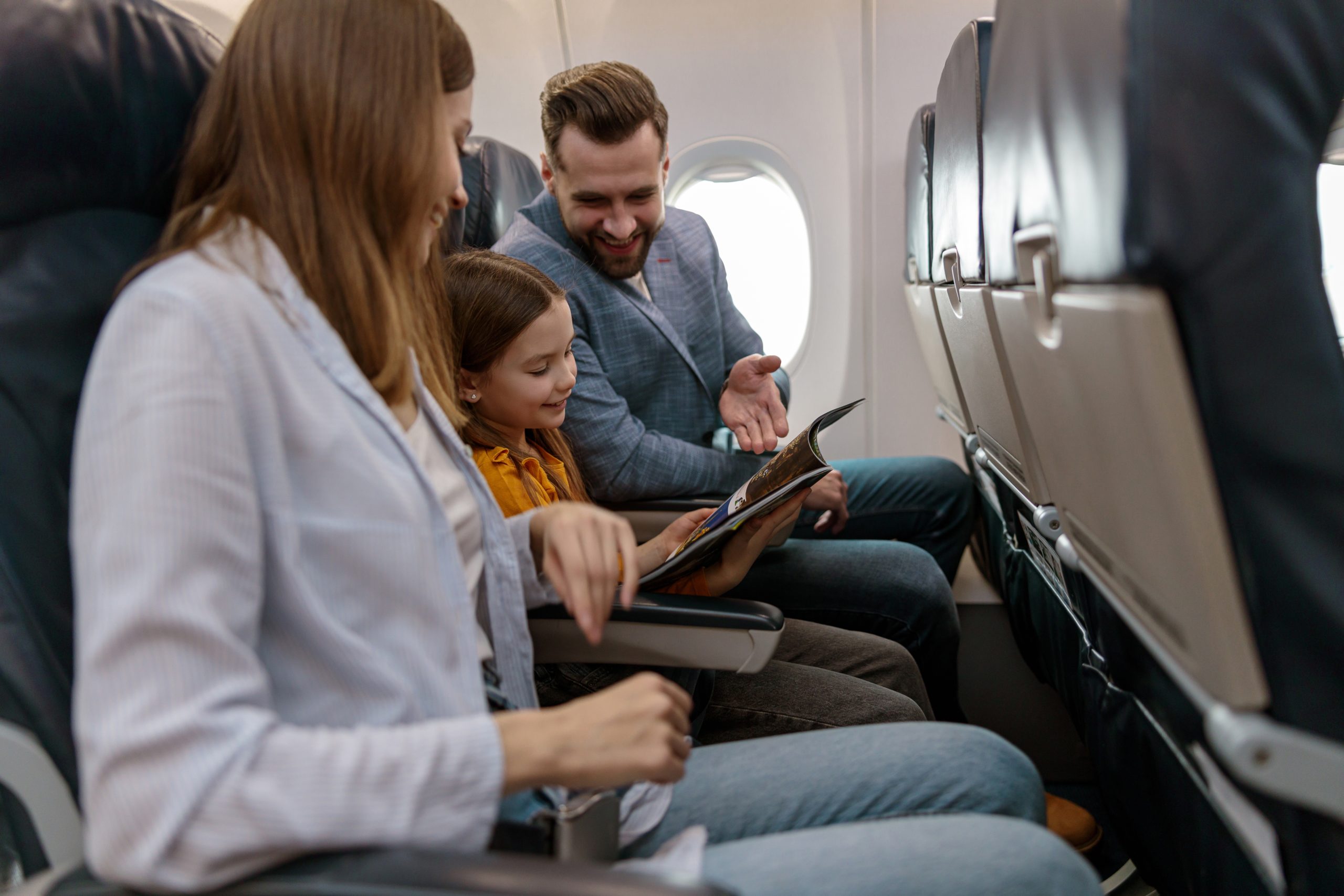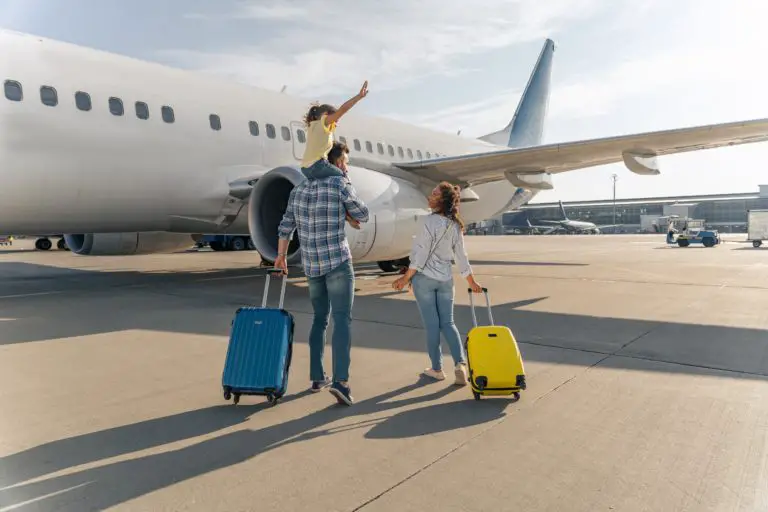A heated debate regarding plane etiquette has gained widespread attention online. Should solo plane passengers be obliged to surrender their assigned seats to accommodate a family seeking to sit together after being seated separately? This contentious issue sparked a lively exchange of opinions in the comments section of an Instagram post by the Today Show.
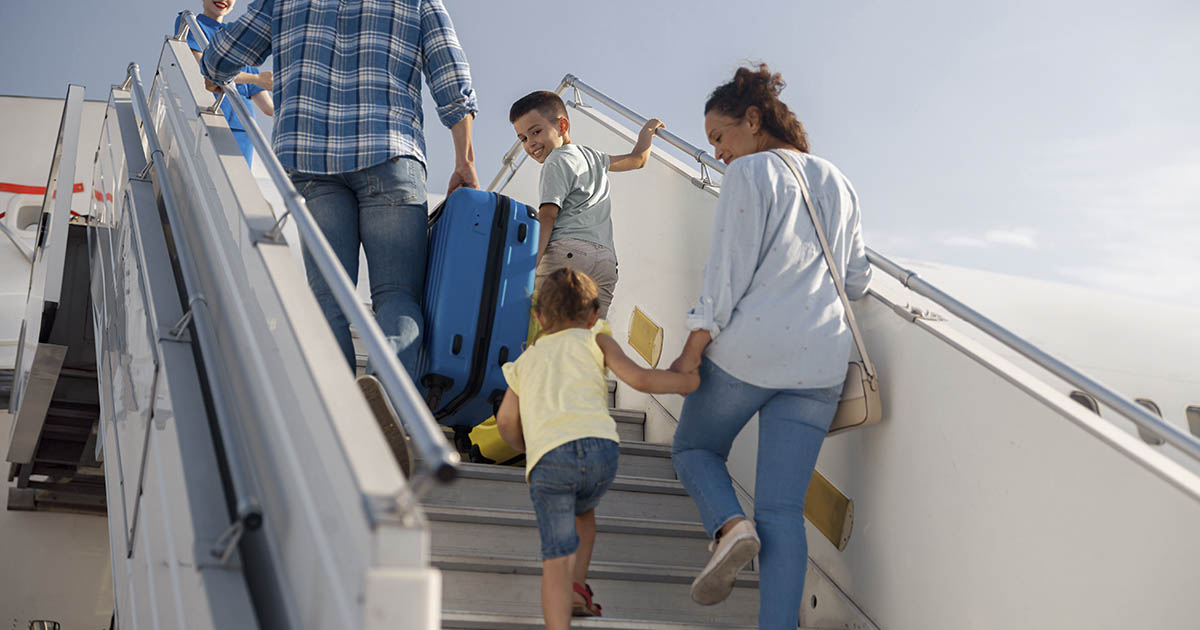
Sunny Anderson, the renowned host of Food Network’s The Kitchen, also chimed in with her perspective. Stating, “I’m sorry, but I choose the window seat for my anxiety, and I shouldn’t have to justify that or face criticism for it just to accommodate your visible concerns. If I can’t secure a window seat, I genuinely prefer to look for another flight.” Anderson expressed candidly.
The controversy stemmed from a viral TikTok video. In which a lone flyer recounted her experience of finding a mother with two children already occupying her assigned window seat when she boarded the plane. The mother promptly requested the solo flyer to switch to a middle seat so that her family could sit together.
@myconquering Having had only 90 minutes of sleep the night before and knowing I had to give a presentation to 500 people, I desperately needed some sleep, so I did not agree to switch seats. 🤷♀️ Before anyone comes after me… the kids looked like they were about 11 and 15 years old. And the mom was in arms-reach of both of them from the middle seat in the row behind us. The mom proceeded to complain for at least 15 minutes to the person next to her loud enough for me to hear. But the woman actually defended me – several times. It was so kind and I appreciated it so much because I was feeling really guilty. 🤦♀️ #airplaneseat#seatswitching#airplanekarens
PEOPLE sought advice from Nicole Campoy Jackson, a travel expert, advisor, and writer at Fora Travel, to share her tips on how to handle a similar scenario. “In this particular case of the solo plane passenger, I understand why she didn’t want to move. A window seat, especially one pre-booked as such, is very much not the same thing as a middle seat.” Jackson says.
Nicole Campoy Jackson’s advice on handling seating situations aligns with the official practices of most airlines and their regulating bodies. It’s essential for passengers to be aware of and adhere to the airline’s seating policies before making their bookings. This way, they can avoid potential conflicts and discomfort during their travel experience. Understanding the rules and guidelines set by the airline ensures a smoother and more pleasant journey for all passengers involved.
Pre-Booking Seats: Ensuring a Smooth Travel Experience
According to Nicole Campoy Jackson, passengers should try to select their seats in advance, especially for situations like this. She believes it’s unreasonable to board a plane with the expectation that someone will willingly give up their seat for you.
In general, airlines offer seat selection options during the booking process, allowing passengers to ensure they are seated together with their group, if possible. However, some airlines may charge an additional fee for the privilege of choosing a specific seat, creating a barrier for certain travelers.
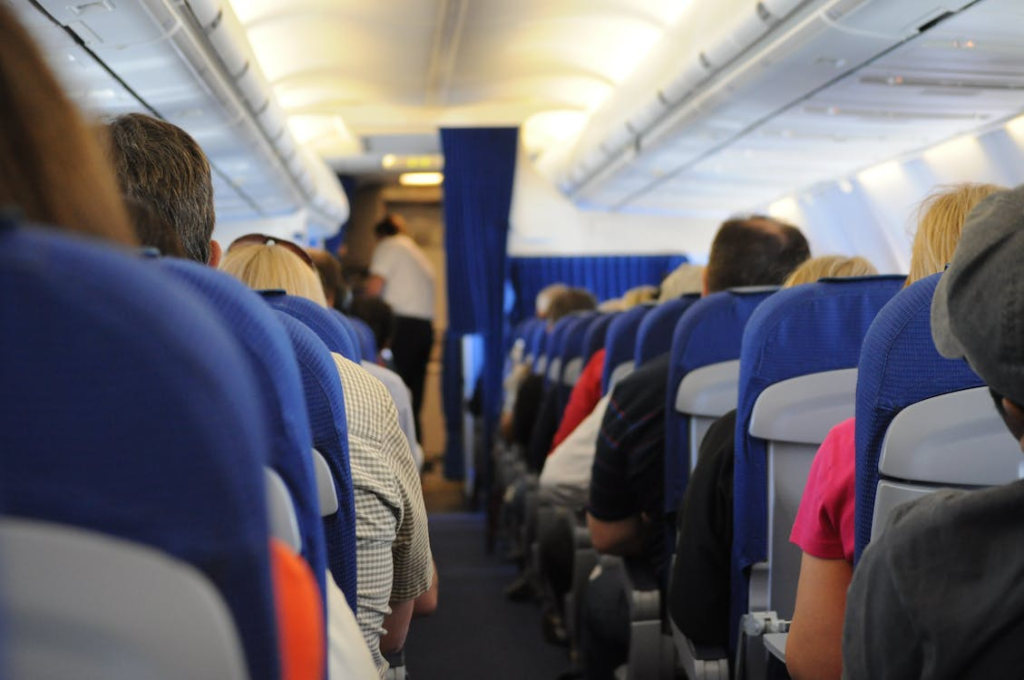
In the summer of 2022, the Department of Transportation issued a new guideline to address this concern. The agency’s Office of Aviation Consumer Protection released a notice “encouraging,” but not mandating, U.S. airlines to adopt policies that facilitate seating children adjacent to accompanying adults whenever feasible and without extra charges.
In the event of a seat conflict, it becomes the airline’s and flight attendants’ role to provide customer service and assistance to the family if someone declines to switch seats. In such cases, it is no longer solely the responsibility of the solo plane passenger to resolve the situation. The airline staff should step in to find a suitable solution and ensure that the family can sit together, without causing inconvenience to other passengers.
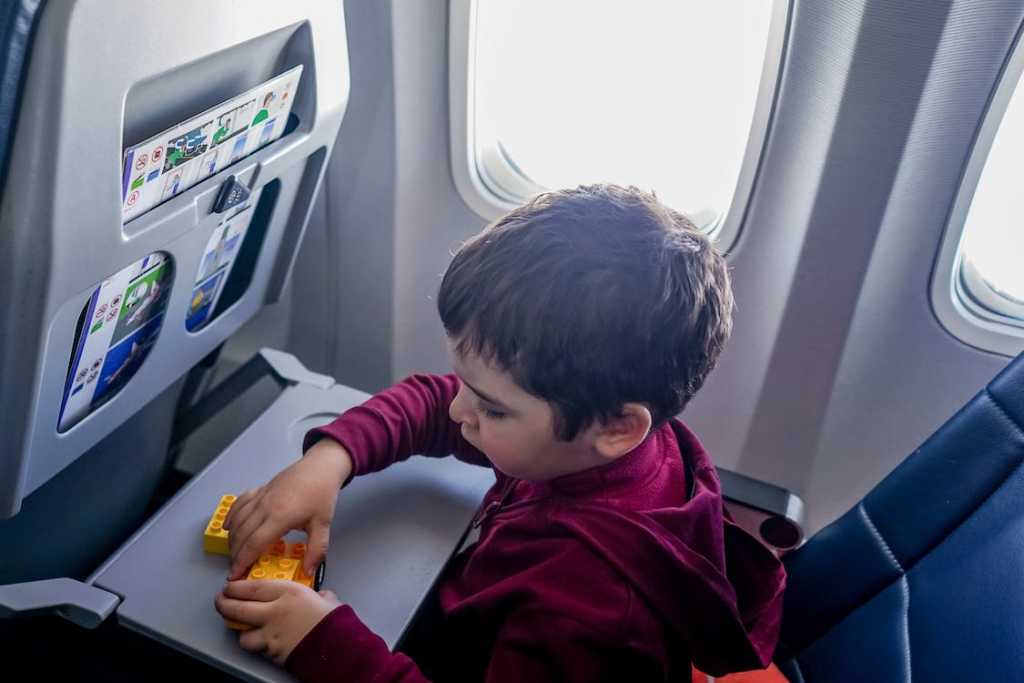
Effective Communication and Mutual Respect
According to Jackson, it’s essential not to board a plane with the expectation that other passengers will accommodate your seating preferences, especially if your desired seat is not as comfortable or better than theirs. Opinions on the subject were varied and brought to the comments section of the Today Show’s post.
However, one comment appeared to strike a middle ground on the issue. The commenter expressed that it is equally acceptable to ask for a seat change as it is to decline such a request. They highlighted the importance of accepting that saying “no” is not offensive and asking for something is not rude. In other words, open communication and mutual respect are vital when dealing with seating arrangements and similar situations.
Handling seat conflicts on planes can be a sensitive matter, involving considerations for solo passengers and families alike. While there may not be a definitive answer to whether a solo traveler should give up their seat for a family, it is crucial for all passengers to be aware of and respect the airline’s seating policies. By pre-booking preferred seats and practicing effective communication and mutual respect, travelers can help create a more pleasant and harmonious travel experience for everyone involved.
Airplane Etiquette: The Do’s and Don’ts of Flying – A Guide
Whether you’re a seasoned traveler or a first-time flyer, following these ten do’s and don’ts of flying can help make your journey smoother and more pleasant.
The Do’s:
1. Arrive Early:
Arriving at the airport well in advance of your flight is crucial. It allows you to check-in, clear security, and find your gate without the stress of rushing. Airlines typically recommend arriving 2-3 hours before domestic flights and 3-4 hours before international ones.
2. Respect Personal Space:
Be mindful of the limited space on the plane. Keep your elbows close to your body and avoid reclining your seat abruptly, especially during meal times. If you must recline, do so slowly and be considerate of the person behind you.
3. Use Headphones:
While entertainment options are available on most flights, it’s essential to use headphones when watching movies, listening to music, or playing games to avoid disturbing fellow passengers with noise.
4. Follow Cabin Crew Instructions:
Cabin crew members are responsible for your safety during the flight. Always listen to and follow their instructions promptly. Ignoring their guidance can lead to disruptions and delays.
5. Be Courteous in Shared Spaces:
When using common areas like the aisle or restroom, be patient and allow others to pass. Avoid blocking the aisle unnecessarily, and remember to wash your hands after using the restroom.
The Don’ts:
1. Recline Your Seat During Meal Service:
Reclining your seat during meal service can make it challenging for the person behind you to eat comfortably. Wait until after the meal is served and finished before reclining.
2. Remove Shoes and Socks:
Keep your shoes and socks on during the flight, as bare feet can be unsanitary and unpleasant for those around you. If you want to get more comfortable, consider wearing clean, breathable socks.
3. Loud Conversations:
Conversations with fellow passengers are fine, but keep your voice at a reasonable volume to avoid disturbing others. Avoid discussing sensitive or controversial topics that may make others uncomfortable.
4. Overhead Bin Hogging:
Stow your carry-on luggage efficiently in the overhead bin, making space for others’ bags. Avoid taking up more space than necessary and follow the airline’s guidelines for carry-on bag sizes.
5. Excessive Reclining:
While it’s acceptable to recline your seat slightly, avoid reclining it fully unless the cabin crew indicates it’s acceptable. Being considerate of the passenger behind you can prevent discomfort and potential conflicts.
Airplane travel can be a stress-free and enjoyable experience if everyone follows these basic etiquette guidelines. Remember that you are sharing a confined space with fellow passengers for the duration of the flight, and showing consideration for their needs and comfort can go a long way in making the journey pleasant for all. Whether you’re flying for business or leisure, adhering to these do’s and don’ts of flying will help create a more harmonious and enjoyable atmosphere on your next flight. Safe travels!
Source:

This Site Was Inspired By An Interest in Protecting the Environment:
We had the privilege and joy of learning from Dr. Charlie Stine who instilled a love for the natural world through incredible field trips with the Johns Hopkins Odyssey Certificate program in Environmental Studies. At the time, the program was endorsed by the Maryland Department of Natural Resources. Sadly, after Dr. Stine retired, the program was phased out. We hope that we honor his legacy by shining a bright light on environmental issues and sharing good news about the success of various conservation programs when possible.
